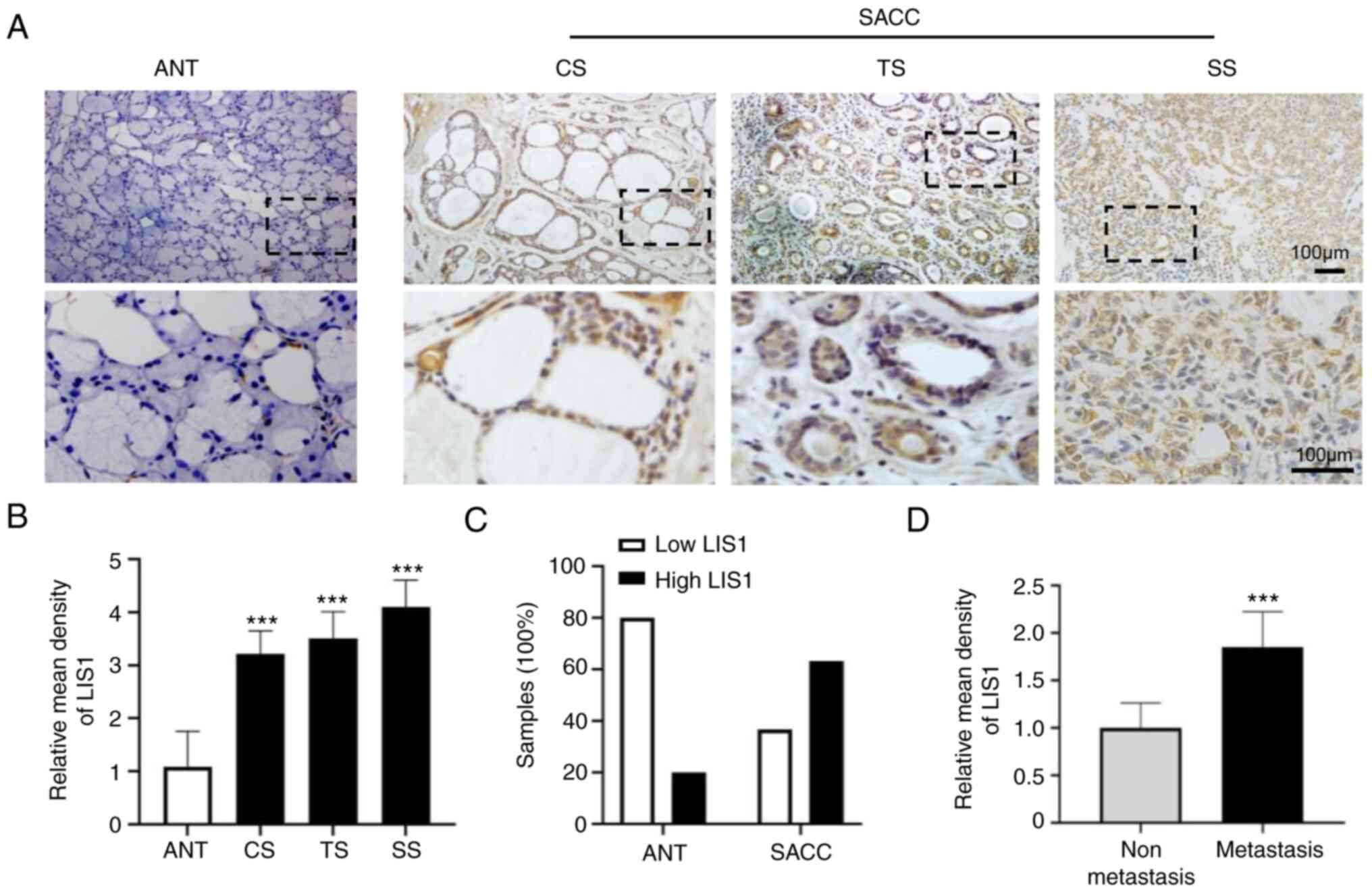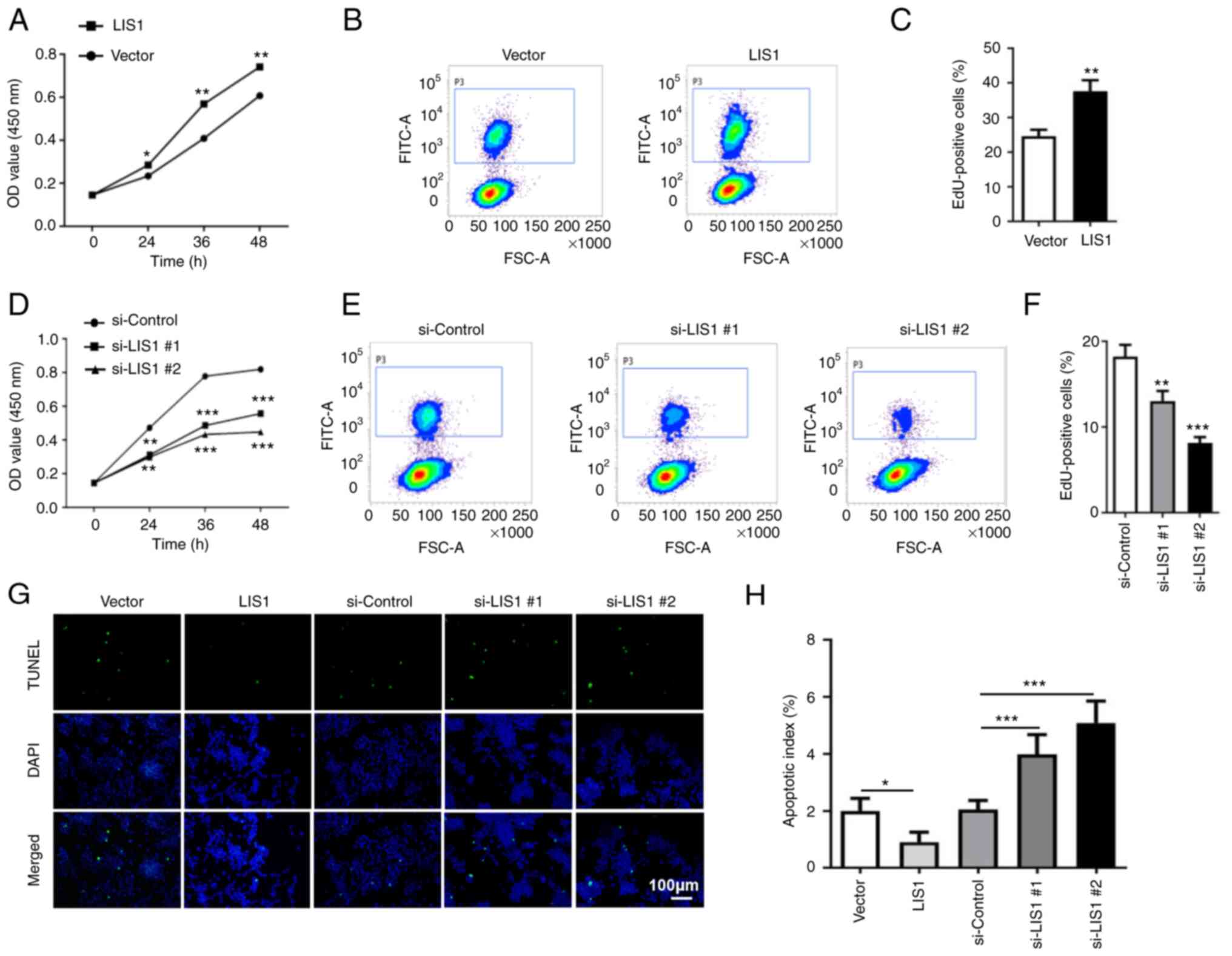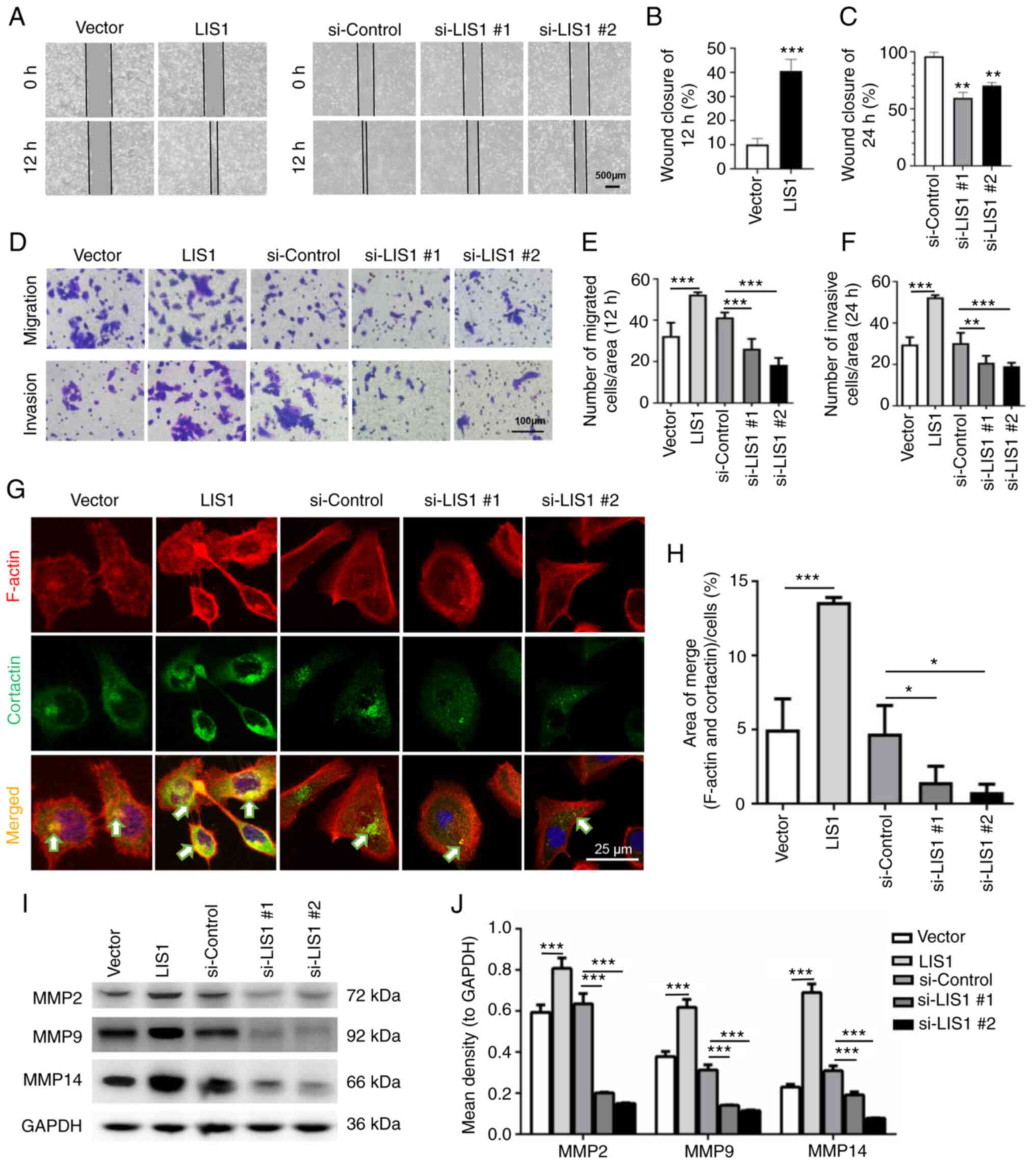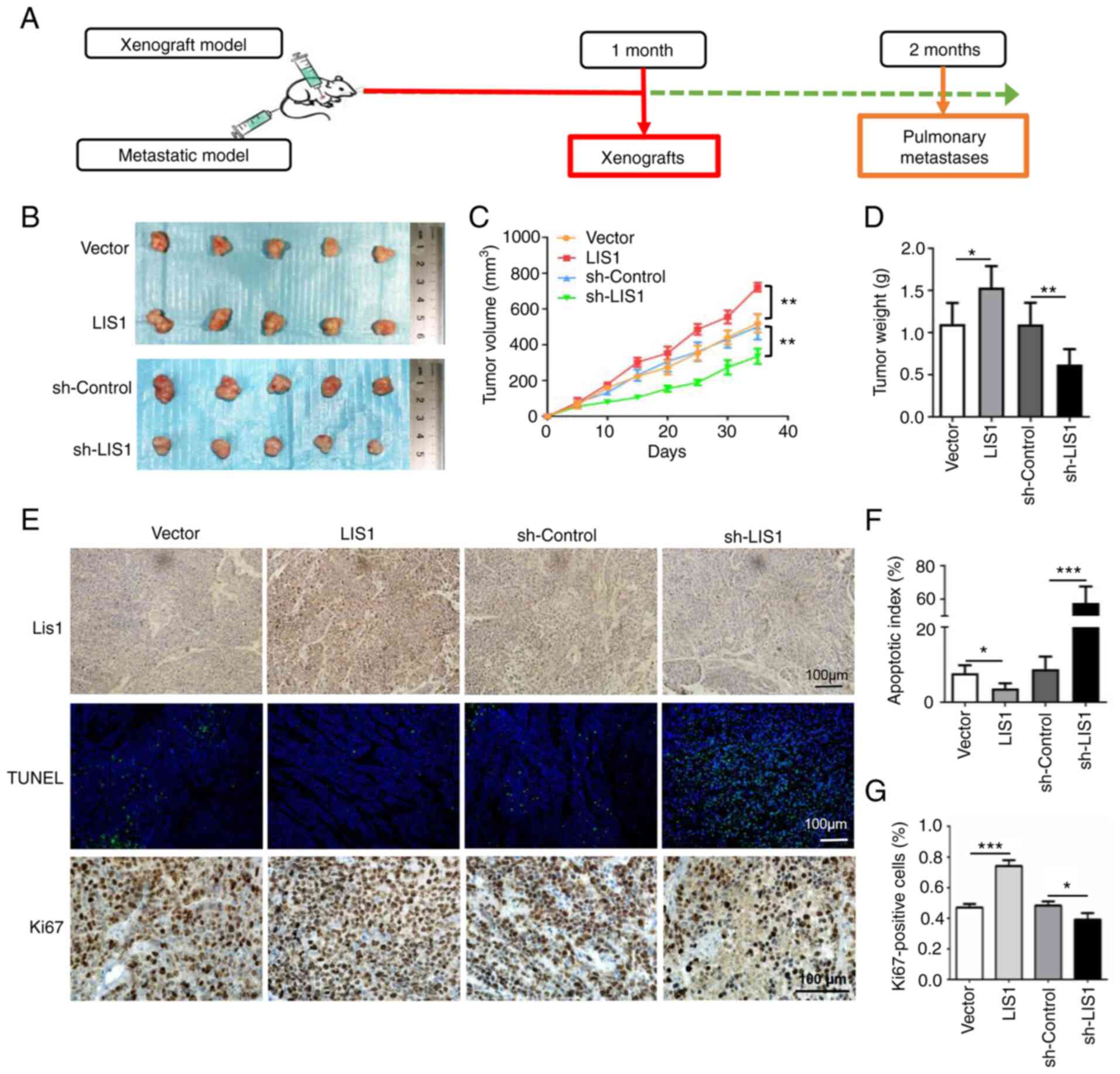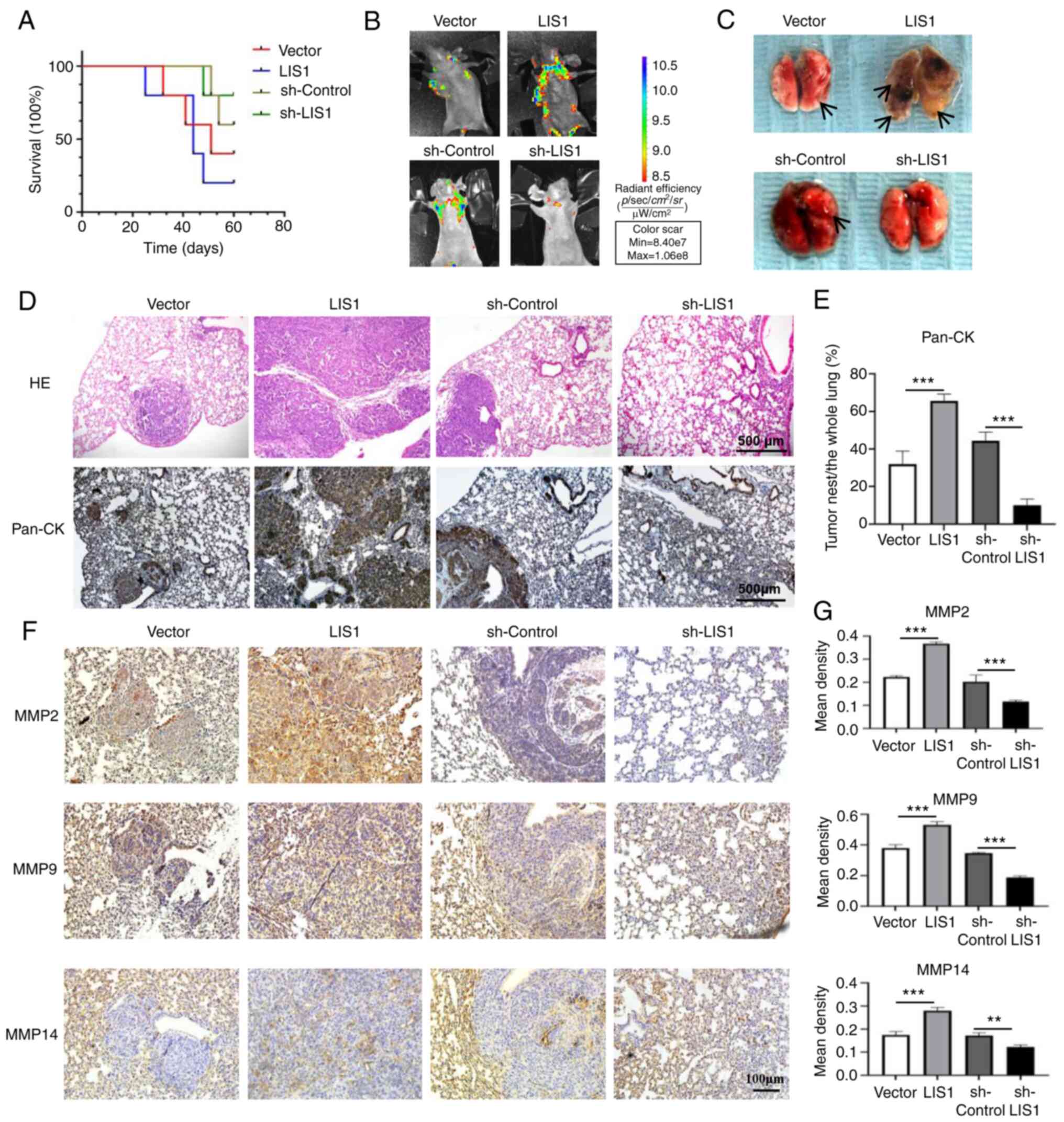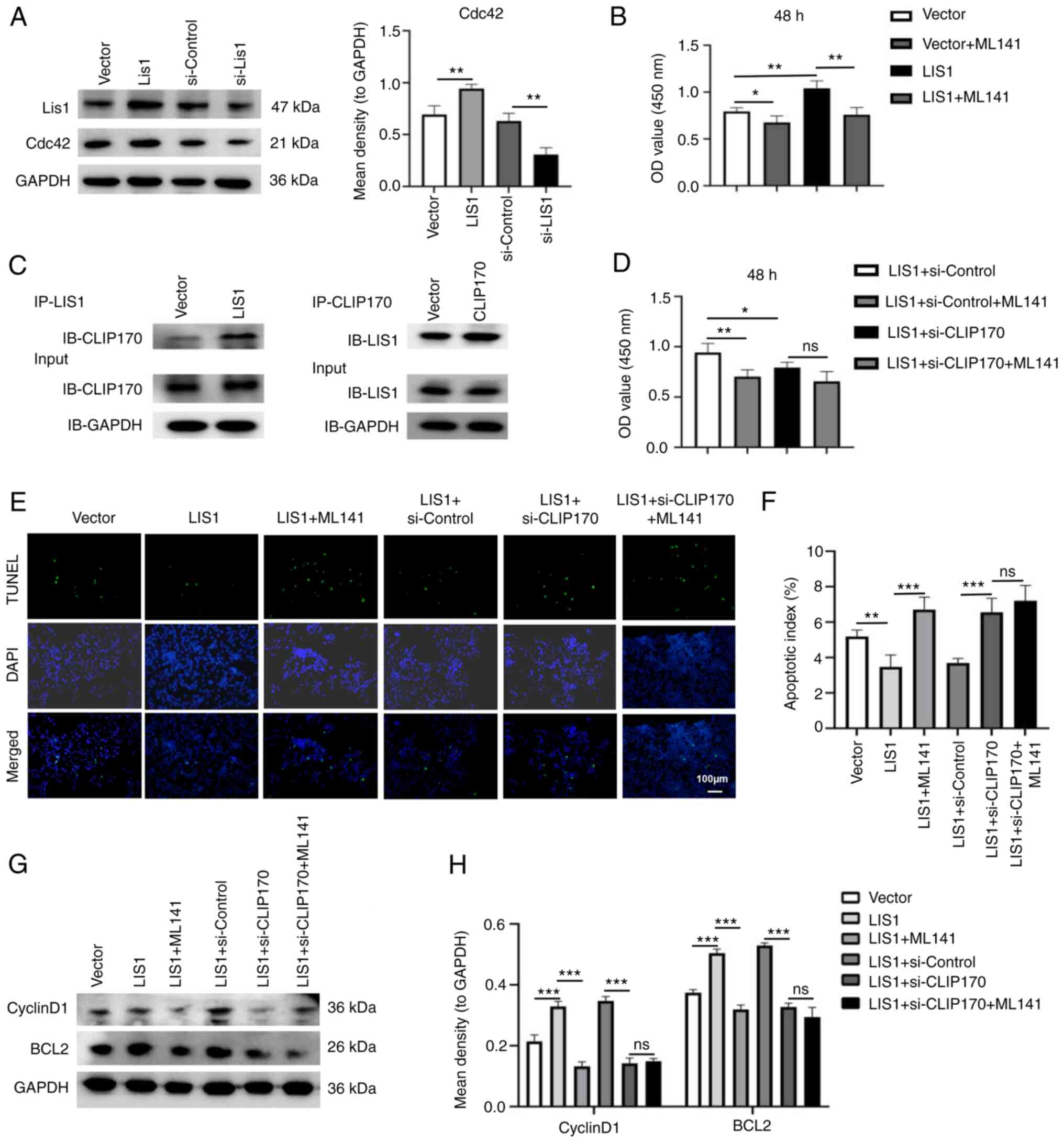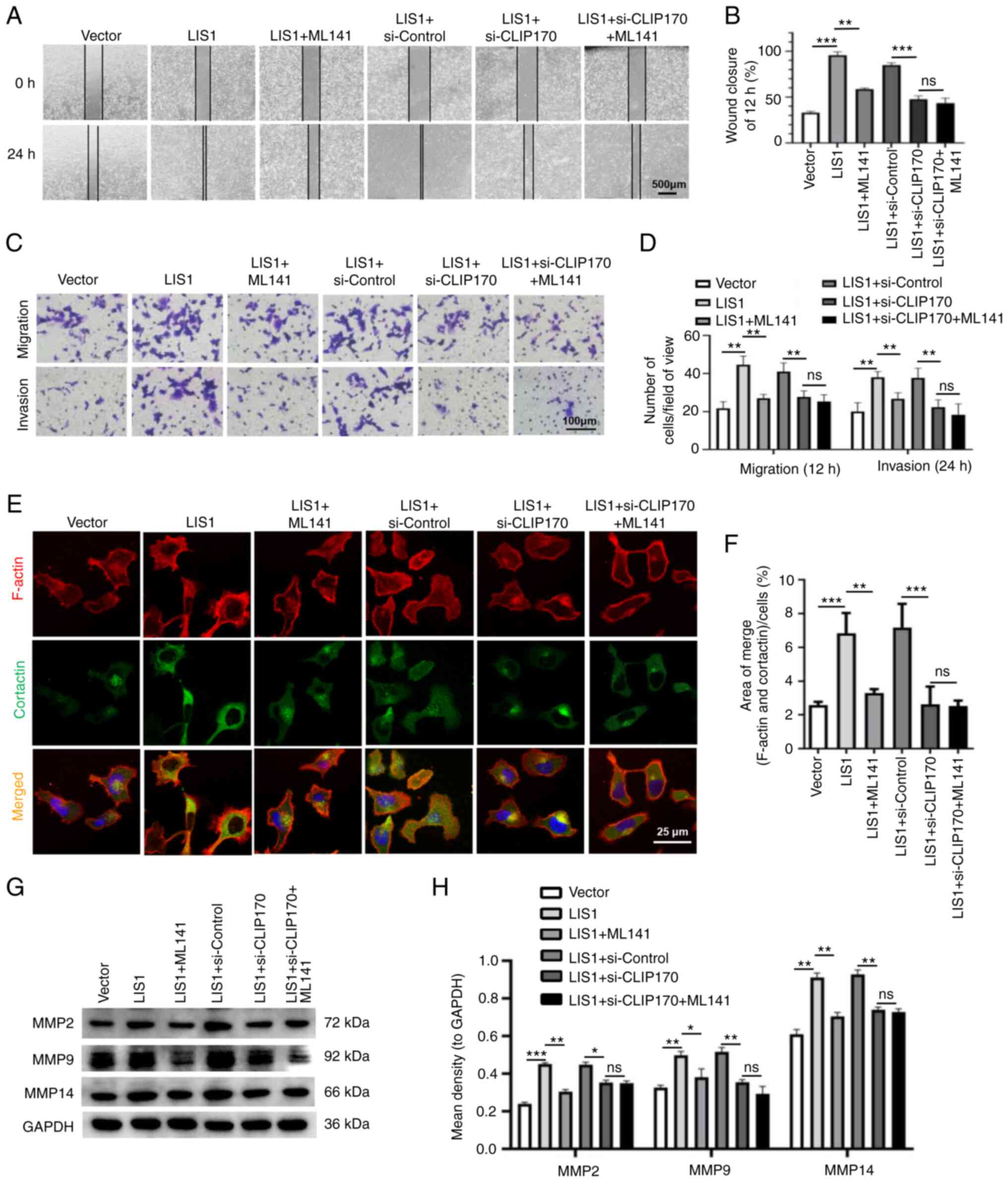|
1
|
Laurie SA, Ho AL, Fury MG, Sherman E and
Pfister DG: Systemic therapy in the management of metastatic or
locally recurrent adenoid cystic carcinoma of the salivary glands:
A systematic review. Lancet Oncol. 12:815–824. 2011. View Article : Google Scholar
|
|
2
|
Su BH, Qu J, Song M, Huang XY, Hu XM, Xie
J, Zhao Y, Ding LC, She L, Chen J, et al: NOTCH1 signaling
contributes to cell growth, anti-apoptosis and metastasis in
salivary adenoid cystic carcinoma. Oncotarget. 5:6885–6895. 2014.
View Article : Google Scholar : PubMed/NCBI
|
|
3
|
Kong J, Tian H, Zhang F, Zhang Z, Li J,
Liu X, Li X, Liu J, Li X, Jin D, et al: Extracellular vesicles of
carcinoma-associated fibroblasts creates a pre-metastatic niche in
the lung through activating fibroblasts. Mol Cancer. 18:1752019.
View Article : Google Scholar : PubMed/NCBI
|
|
4
|
Al Absi A, Wurzer H, Guerin C, Hoffmann C,
Moreau F, Mao X, Brown-Clay J, Petrolli R, Casellas CP, Dieterle M,
et al: Actin cytoskeleton remodeling drives breast cancer cell
escape from natural killer-mediated cytotoxicity. Cancer Res.
78:5631–5643. 2018. View Article : Google Scholar : PubMed/NCBI
|
|
5
|
Prahl LS, Bangasser PF, Stopfer LE, Hemmat
M, White FM, Rosenfeld SS and Odde DJ: Microtubule-based control of
motor-clutch system mechanics in glioma cell migration. Cell Rep.
25:2591–2604.e8. 2018. View Article : Google Scholar : PubMed/NCBI
|
|
6
|
Sharma P, Alsharif S, Fallatah A and Chung
BM: Intermediate filaments as effectors of cancer development and
metastasis: A focus on keratins, vimentin, and nestin. Cells.
8:4972019. View Article : Google Scholar :
|
|
7
|
Jung YS, Wang W, Jun S, Zhang J,
Srivastava M, Kim MJ, Lien EM, Shang J, Chen J, McCrea PD, et al:
Deregulation of CRAD-controlled cytoskeleton initiates mucinous
colorectal cancer via β-catenin. Nat Cell Biol. 20:1303–1314. 2018.
View Article : Google Scholar : PubMed/NCBI
|
|
8
|
Peng JM, Bera R, Chiou CY, Yu MC, Chen TC,
Chen CW, Wang TR, Chiang WL, Chai SP, Wei Y, et al: Actin
cytoskeleton remodeling drives epithelial-mesenchymal transition
for hepatoma invasion and metastasis in mice. Hepatology.
67:2226–2243. 2018. View Article : Google Scholar
|
|
9
|
DeSantis ME, Cianfrocco MA, Htet ZM, Tran
PT, Reck-Peterson SL and Leschziner AE: Lis1 has two opposing modes
of regulating cytoplasmic dynein. Cell. 170:1197–1208.e12. 2017.
View Article : Google Scholar : PubMed/NCBI
|
|
10
|
Allanson JE, Ledbetter DH and Dobyns WB:
Classical lissencephaly syndromes: Does the face reflect the brain?
J Med Genet. 35:920–923. 1998. View Article : Google Scholar : PubMed/NCBI
|
|
11
|
Lo FY, Chen HT, Cheng HC, Hsu HS and Wang
YC: Overexpression of PAFAH1B1 is associated with tumor metastasis
and poor survival in non-small cell lung cancer. Lung Cancer.
77:585–592. 2012. View Article : Google Scholar : PubMed/NCBI
|
|
12
|
Yang R, Chen Y, Tang C, Li H, Wang B, Yan
Q, Hu J and Zou S: MicroRNA-144 suppresses cholangiocarcinoma cell
proliferation and invasion through targeting platelet activating
factor acetylhydrolase isoform 1b. BMC Cancer. 14:9172014.
View Article : Google Scholar : PubMed/NCBI
|
|
13
|
Coquelle FM, Caspi M, Cordelières FP,
Dompierre JP, Dujardin DL, Koifman C, Martin P, Hoogenraad CC,
Akhmanova A, Galjart N, et al: LIS1, CLIP-170's key to the
dynein/dynactin pathway. Mol Cell Biol. 22:3089–3102. 2002.
View Article : Google Scholar : PubMed/NCBI
|
|
14
|
Jakka P, Bhargavi B, Namani S, Murugan S,
Splitter G and Radhakrishnan G: Cytoplasmic linker protein CLIP170
negatively regulates TLR4 signaling by targeting the TLR adaptor
protein TIRAP. J Immunol. 200:704–714. 2018. View Article : Google Scholar
|
|
15
|
Sun X, Li D, Yang Y, Ren Y, Li J, Wang Z,
Dong B, Liu M and Zhou J: Microtubule-binding protein CLIP-170 is a
mediator of paclitaxel sensitivity. J Pathol. 226:666–673. 2012.
View Article : Google Scholar
|
|
16
|
Gao L, Xue B, Xiang B and Liu KJ: Arsenic
trioxide disturbs the LIS1/NDEL1/dynein microtubule dynamic complex
by disrupting the CLIP170 zinc finger in head and neck cancer.
Toxicol Appl Pharmacol. 403:1151582020. View Article : Google Scholar : PubMed/NCBI
|
|
17
|
Murphy NP, Binti Ahmad Mokhtar AM, Mott HR
and Owen D: Molecular subversion of Cdc42 signalling in cancer.
Biochem Soc Trans. 49:1425–1442. 2021. View Article : Google Scholar : PubMed/NCBI
|
|
18
|
Murphy NP, Mott HR and Owen D: Progress in
the therapeutic inhibition of Cdc42 signalling. Biochem Soc Trans.
49:1443–1456. 2021. View Article : Google Scholar : PubMed/NCBI
|
|
19
|
Chernichenko N, Omelchenko T, Deborde S,
Bakst RL, He S, Chen CH, Gusain L, Vakiani E, Katabi N, Hall A and
Wong RJ: Cdc42 mediates cancer cell chemotaxis in perineural
invasion. Mol Cancer Res. 18:913–925. 2020. View Article : Google Scholar : PubMed/NCBI
|
|
20
|
Yang X, Li H, Liu XS, Deng A and Liu X:
Cdc2-mediated phosphorylation of CLIP-170 is essential for its
inhibition of centrosome reduplication. J Biol Chem.
284:28775–28782. 2009. View Article : Google Scholar : PubMed/NCBI
|
|
21
|
Fukata M, Watanabe T, Noritake J, Nakagawa
M, Yamaga M, Kuroda S, Matsuura Y, Iwamatsu A, Perez F and Kaibuchi
K: Rac1 and Cdc42 capture microtubules through IQGAP1 and CLIP-170.
Cell. 109:873–885. 2002. View Article : Google Scholar : PubMed/NCBI
|
|
22
|
Maldonado MDM and Dharmawardhane S:
Targeting Rac and Cdc42 GTPases in cancer. Cancer Res.
78:3101–3111. 2018. View Article : Google Scholar : PubMed/NCBI
|
|
23
|
Stengel KR and Zheng Y: Essential role of
Cdc42 in Ras-induced transformation revealed by gene targeting.
PLoS One. 7:e373172012. View Article : Google Scholar : PubMed/NCBI
|
|
24
|
Bai J, Li L, Kou N, Bai Y, Zhang Y, Lu Y,
Gao L and Wang F: Low level laser therapy promotes bone
regeneration by coupling angiogenesis and osteogenesis. Stem Cell
Res Ther. 12:4322021. View Article : Google Scholar : PubMed/NCBI
|
|
25
|
Gao L, Zhang W, Zhong WQ, Liu ZJ, Li HM,
Yu ZL and Zhao YF: Tumor associated macrophages induce epithelial
to mesenchymal transition via the EGFR/ERK1/2 pathway in head and
neck squamous cell carcinoma. Oncol Rep. 40:2558–2572.
2018.PubMed/NCBI
|
|
26
|
Livak KJ and Schmittgen TD: Analysis of
relative gene expression data using real-time quantitative PCR and
the 2(-Delta Delta C(T)) method. Methods. 25:402–408. 2001.
View Article : Google Scholar
|
|
27
|
Zhang Y, Bai Y, Bai J, Li L, Gao L and
Wang F: Targeting soluble epoxide hydrolase with TPPU alleviates
irradiation-induced hyposalivation in mice via preventing apoptosis
and microcirculation disturbance. Adv Ther. 3:20001152020.
View Article : Google Scholar
|
|
28
|
Gao L, Wang FQ, Li HM, Yang JG, Ren JG, He
KF, Liu B, Zhang W and Zhao YF: CCL2/EGF positive feedback loop
between cancer cells and macrophages promotes cell migration and
invasion in head and neck squamous cell carcinoma. Oncotarget.
7:87037–87051. 2016. View Article : Google Scholar : PubMed/NCBI
|
|
29
|
Li HM, Yang JG, Liu ZJ, Wang WM, Yu ZL,
Ren JG, Chen G, Zhang W and Jia J: Blockage of glycolysis by
targeting PFKFB3 suppresses tumor growth and metastasis in head and
neck squamous cell carcinoma. J Exp Clin Cancer Res. 36:72017.
View Article : Google Scholar : PubMed/NCBI
|
|
30
|
Markus SM, Marzo MG and McKenney RJ: New
insights into the mechanism of dynein motor regulation by
lissencephaly-1. Elife. 9:e597372020. View Article : Google Scholar : PubMed/NCBI
|
|
31
|
Chen W, Wang W, Sun X, Xie S, Xu X, Liu M,
Yang C, Li M, Zhang W, Liu W, et al: NudCL2 regulates cell
migration by stabilizing both myosin-9 and LIS1 with Hsp90. Cell
Death Dis. 11:5342020. View Article : Google Scholar : PubMed/NCBI
|
|
32
|
Gorshtein G, Grafinger O and Coppolino MG:
Targeting SNARE-mediated vesicle transport to block
invadopodium-based cancer cell invasion. Front Oncol.
11:6799552021. View Article : Google Scholar : PubMed/NCBI
|
|
33
|
Seano G and Primo L: Podosomes and
invadopodia: Tools to breach vascular basement membrane. Cell
Cycle. 14:1370–1374. 2015. View Article : Google Scholar : PubMed/NCBI
|
|
34
|
Qadir MI, Parveen A and Ali M: Cdc42: Role
in cancer management. Chem Biol Drug Des. 86:432–439. 2015.
View Article : Google Scholar : PubMed/NCBI
|
|
35
|
Cao H, Eppinga RD, Razidlo GL, Krueger EW,
Chen J, Qiang L and McNiven MA: Stromal fibroblasts facilitate
cancer cell invasion by a novel invadopodia-independent matrix
degradation process. Oncogene. 35:1099–1110. 2016. View Article : Google Scholar
|
|
36
|
Reiner O, Sapoznik S and Sapir T:
Lissencephaly 1 linking to multiple diseases: Mental retardation,
neurodegeneration, schizophrenia, male sterility, and more.
Neuromolecular Med. 8:547–565. 2006. View Article : Google Scholar : PubMed/NCBI
|
|
37
|
Suzuki SO, McKenney RJ, Mawatari SY,
Mizuguchi M, Mikami A, Iwaki T, Goldman JE, Canoll P and Vallee RB:
Expression patterns of LIS1, dynein and their interaction partners
dynactin, NudE, NudEL and NudC in human gliomas suggest roles in
invasion and proliferation. Acta Neuropathol. 113:591–599. 2007.
View Article : Google Scholar : PubMed/NCBI
|
|
38
|
Perzin KH, Gullane P and Clairmont AC:
Adenoid cystic carcinomas arising in salivary glands: A correlation
of histologic features and clinical course. Cancer. 42:265–282.
1978. View Article : Google Scholar : PubMed/NCBI
|
|
39
|
Yingling J, Youn YH, Darling D, Toyo-Oka
K, Pramparo T, Hirotsune S and Wynshaw-Boris A: Neuroepithelial
stem cell proliferation requires LIS1 for precise spindle
orientation and symmetric division. Cell. 132:474–486. 2008.
View Article : Google Scholar : PubMed/NCBI
|
|
40
|
Moon HM, Youn YH, Pemble H, Yingling J,
Wittmann T and Wynshaw-Boris A: LIS1 controls mitosis and mitotic
spindle organization via the LIS1-NDEL1-dynein complex. Hum Mol
Genet. 23:449–466. 2014. View Article : Google Scholar
|
|
41
|
Brehar FM, Dragomir MP, Petrescu GED and
Gorgan RM: Fighting cancer stem cell fate by targeting LIS1 a WD40
repeat protein. Front Oncol. 9:11422019. View Article : Google Scholar : PubMed/NCBI
|
|
42
|
Brehar FM, Gafencu AV, Trusca VG, Fuior
EV, Arsene D, Amaireh M, Giovani A and Gorgan MR: Preferential
association of lissencephaly-1 gene expression with
CD133+ glioblastoma cells. J Cancer. 8:1284–1291. 2017.
View Article : Google Scholar :
|
|
43
|
Wang XY, Yu J, Zhang Y, Zhang FY, Liu KJ
and Xiang B: Phenylephrine alleviates 131I damage in submandibular
gland through promoting endogenous stem cell regeneration via
lissencephaly-1 upregulation. Toxicol Appl Pharmacol.
396:1149992020. View Article : Google Scholar
|
|
44
|
He S, Li P, Zhong Q, Hou L, Yu Z, Huang Z
and Chen X, Fang J and Chen X: Clinicopathologic and prognostic
factors in adenoid cystic carcinoma of head and neck minor salivary
glands: A clinical analysis of 130 cases. Am J Otolaryngol.
38:157–162. 2017. View Article : Google Scholar : PubMed/NCBI
|
|
45
|
Reiner O, Carrozzo R, Shen Y, Wehnert M,
Faustinella F, Dobyns WB, Caskey CT and Ledbetter DH: Isolation of
a Miller-Dieker lissencephaly gene containing G protein
beta-subunit-like repeats. Nature. 364:717–721. 1993. View Article : Google Scholar : PubMed/NCBI
|
|
46
|
Kholmanskikh SS, Dobrin JS, Wynshaw-Boris
A, Letourneau PC and Ross ME: Disregulated RhoGTPases and actin
cytoskeleton contribute to the migration defect in Lis1-deficient
neurons. J Neurosci. 23:8673–8681. 2003. View Article : Google Scholar : PubMed/NCBI
|
|
47
|
Miller LE, Au V, Mokhtari TE, Goss D,
Faden DL and Varvares MA: A contemporary review of molecular
therapeutic targets for adenoid cystic carcinoma. Cancers (Basel).
14:9922022. View Article : Google Scholar
|
|
48
|
Biyanee A, Yusenko MV and Klempnauer KH:
Src-family protein kinase inhibitors suppress MYB activity in a
p300-dependent manner. Cells. 11:11622022. View Article : Google Scholar : PubMed/NCBI
|
|
49
|
Ramsay NA and Glover BJ: MYB-bHLH-WD40
protein complex and the evolution of cellular diversity. Trends
Plant Sci. 10:63–70. 2005. View Article : Google Scholar : PubMed/NCBI
|
|
50
|
Cao S, Lu X, Wang L, Qian X, Jin G and Ma
H: The functional polymorphisms of LIS1 are associated with acute
myeloid leukemia risk in a Han Chinese population. Leuk Res.
54:7–11. 2017. View Article : Google Scholar : PubMed/NCBI
|
|
51
|
Suzuki K and Takahashi K: Regulation of
lamellipodia formation and cell invasion by CLIP-170 in invasive
human breast cancer cells. Biochem Biophys Res Commun. 368:199–204.
2008. View Article : Google Scholar : PubMed/NCBI
|
|
52
|
Sipes NS, Feng Y, Guo F, Lee HO, Chou FS,
Cheng J, Mulloy J and Zheng Y: Cdc42 regulates extracellular matrix
remodeling in three dimensions. J Biol Chem. 286:36469–36477. 2011.
View Article : Google Scholar : PubMed/NCBI
|
|
53
|
Yamaguchi H, Lorenz M, Kempiak S,
Sarmiento C, Coniglio S, Symons M, Segall J, Eddy R, Miki H,
Takenawa T and Condeelis J: Molecular mechanisms of invadopodium
formation: The role of the N-WASP-Arp2/3 complex pathway and
cofilin. J Cell Biol. 168:441–452. 2005. View Article : Google Scholar : PubMed/NCBI
|















